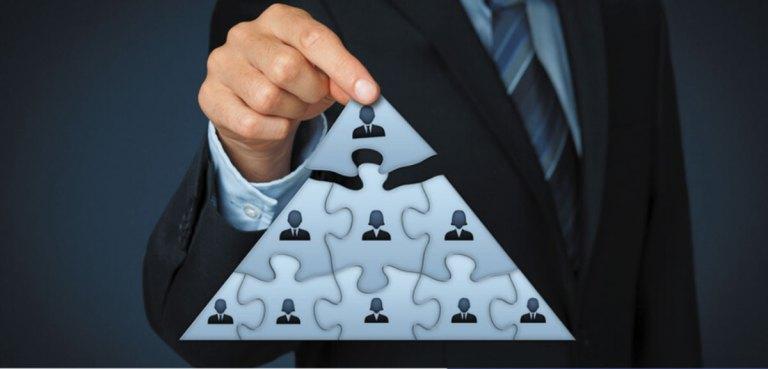Africa-Press – Mauritius. Future value is generally defined as the value of an asset at a specific date in the future. In monetary terms, it measures the nominal future sum of money that a given sum of money is “worth” at a specified time in the future assuming a certain interest rate, or a rate of return.
A lot has already been said and written about the future value of investments, money and assets in the post Covid-19 world, but not much yet about the future value of the most valuable asset – Employees.
Photo – cibfmbrunei. com A company which manages its financial assets recklessly is automatically sanctioned by shareholders, auditors, and regulators for inefficient use of funds. However, we rarely hear about companies being sanctioned for careless or irresponsible management of their human assets.
Although it is common belief amongst CEOs and senior executives that employees are crucial to an organization’s success, many companies find it very difficult to quantify and measure their employees’ contributions to the bottom-line.
In my view, this crisis is an opportunity for us to radically improve the way we measure and manage the value of Talent in organisations. And in order to do so, we must challenge two past beliefs.
As the title suggests, this article is split in two parts -CEOs on one side, and employees on the other (a coin analogy seemed fit). This first part describes the first shift for CEOs and business owners.
Shift #1: CEOs must adopt a strategic approach to measuring, recognising and managing the value of employee contributions At the very onset of the lockdown in Mauritius, many companies swiftly opted to guarantee a minimum service to their clients by asking some teams to work from home.
In order to do so, they had to select those people who were ‘business critical’. For those who were part of this decision-making process, you will recall that these decisions were primarily based on the role that these employees have and how critical their activity is for clients or cash flow.
Whether they were top performers in the company became somewhat insignificant. Similarly, when defining your business continuity plan, you would typically rank your core activities in terms of criticality and then select the core teams based on how essential their roles are in guaranteeing your business continuity.
In ‘normal’ times, however, managers would be reluctant to categorise their teams in such a way for fear of sounding biased. In fact, organisations have been designed in such a way that employees are classified according to departments and functions, not according to how essential their roles are to the success of the company.
In addition, rewards and recognition programs are most commonly linked to individual performance, without any distinction of business criticality. This is the first belief that businesses must start challenging and invariably it has to start from the top.
Back in 2006, Jeffrey Joerres and Dominique Turcq proposed a model to classify jobs according to the role they play in creating value for customers and shareholders rather than department.
They argued that this model could improve the effectiveness of recruiting, training, and deployment. Such a system seemed revolutionary at the time but could have much wider and deeper significance in the current context.
Here are 4 steps to put it into practice: In the process of reshaping the world of work, this system can guide CEOs and business owners to make several key strategic decisions in an objective way, thus minimising legal and reputational risks:
In the second part, we will talk about Shift #2: How employees should rethink their potential and ensure they are future-ready. Krishan Deeljore krishan@biinstruments. com
Krishan Deeljore is the Founder and Managing Director of BI Instruments Ltd, a boutique consulting and advisory firm providing bespoke services to Clients in the Indian Ocean and East Africa region.







